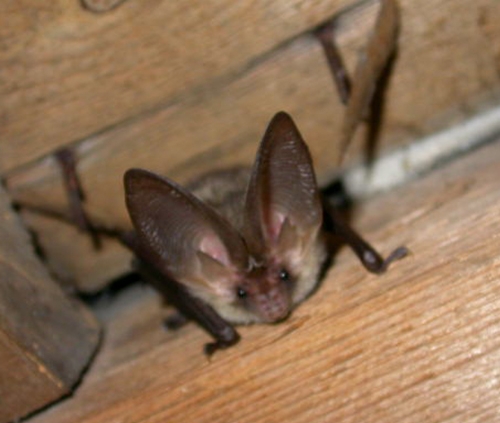Ecological Impact Assessment and additional protected species surveys at a site in Ingleby Barwick, Stockton-on-Tees
E3 Ecology was contacted in 2020 to undertake an ecological impact assessment of a proposed development site in Ingleby Barwick, Stockton-on-Tees. The ecological work was required to inform a planning application for a residential development of the site.
An initial walkover survey was completed to assess the habitats on site in accordance with JNCC Phase 1 Habitat Survey methodology and to conduct a preliminary assessment of ecological constraints and opportunities that may require further survey or assessment, mitigation or compensation measures.
The initial survey highlighted the requirement for further detailed botanical assessment during the summer, which was completed to fully characterise the grassland on site. In addition, further survey was recommended to assess habitat suitability and potential presence of water vole, otter, bats and badger. These surveys were subsequently instructed.
Bat transect and remote monitoring surveys were completed to assess bat activity on the site, finding the site to be used by common pipistrelle and noctule bats, with a low number of Myotis sp. bats also recorded. A ground-level assessment of trees on site for potential to support roosting bats identified a single tree with moderate suitability to support roosts – potentially requiring further dusk and dawn presence / absence surveys from May to September. Consequently, a climbed aerial inspection with ropes and harnesses was completed of the tree by E3’s licensed and CS38 qualified bat surveyors. The features in question were found to be of lower suitability upon closer inspection, due to exposure to adverse weather and rainwater. As a result, no further bat presence / absence surveys were subsequently required and the tree could be felled using best practice methods.
Otter and water vole surveys of an adjacent watercourse found no evidence of either species and similarly a site walkover survey looking for field signs of badger recorded no evidence of use by the species, though they may visit the site on occasion if present in the local area due to the suitability of habitats.
Mitigation, compensation and enhancement measures were recommended within the EcIA report and E3 remain on call to assist with any further ecological requirements or consultation.



